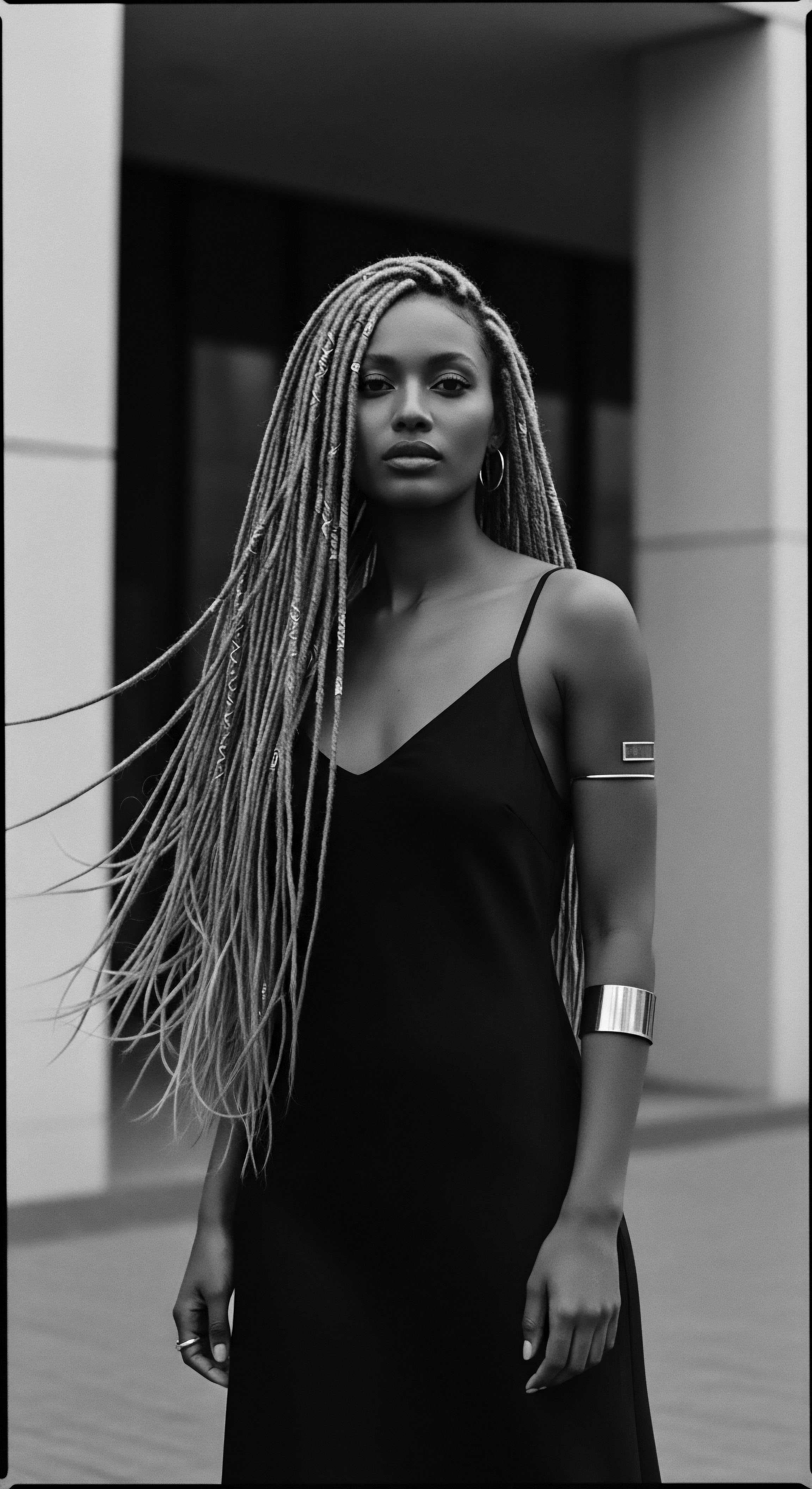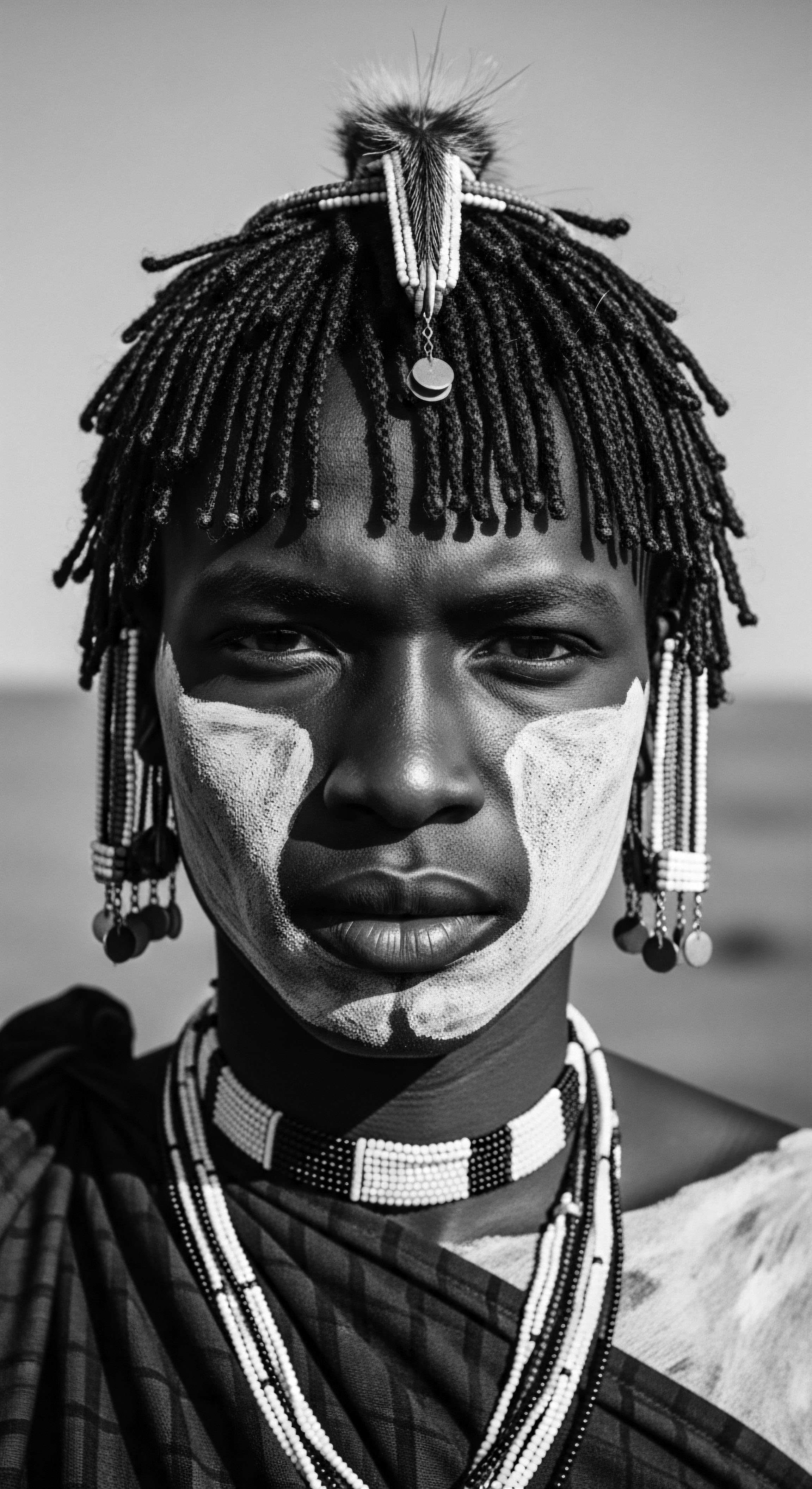
How does the preservation of traditional hair practices contribute to Black cultural resilience?
The preservation of traditional hair practices strengthens Black cultural resilience by connecting generations to their ancestral heritage, defying erasure, and affirming identity.

How did plant use in hair care evolve through the African diaspora?
Plant use in textured hair care evolved through the African diaspora as ancestral knowledge adapted to new environments, blending botanical wisdom with cultural resilience.

How does hair connect community?
Textured hair physically and culturally binds communities through shared ancestral care practices, collective identity, and resilience.

How do ancestral hair care practices influence modern beauty standards?
Ancestral hair practices profoundly shape modern beauty standards by preserving the heritage, rituals, and profound identity woven into textured hair care.

Which historical ingredients offer sustained value for textured hair nourishment?
Historical ingredients like shea butter, coconut oil, and aloe vera offer lasting value through their deep connection to textured hair heritage and ancestral care rituals.

Can ancient botanical knowledge truly revitalize textured hair today?
Ancient botanical wisdom offers potent, heritage-driven solutions for revitalizing textured hair through natural compounds and time-honored practices.

What traditional food practices across cultures nourished textured hair heritage and scalp vitality?
Traditional food practices across cultures deeply nourished textured hair heritage through nutrient-dense diets and topical applications.

What ancestral wisdom about botanicals continues to guide textured hair wellness today?
Ancestral botanical wisdom guides textured hair wellness by providing time-honored remedies for moisture, strength, and cultural identity.

In what ways do historical practices validate current scientific understanding of textured hair?
Historical hair practices validate current science by demonstrating intuitive comprehension of textured hair's unique structure and needs.

Can science explain the cultural wisdom of textured hair care?
Science validates the cultural wisdom of textured hair care by demonstrating how ancestral practices intuitively addressed hair's unique biological needs and heritage.

What impact do digital spaces have on textured hair acceptance and identity?
Digital spaces profoundly shape textured hair acceptance by democratizing historical knowledge, amplifying diverse visual narratives, and fostering communities rooted in shared heritage.

What historical role did textured hair play in ancestral identity?
Textured hair historically served as a profound marker of ancestral identity, communicating social status, spiritual beliefs, and community ties through diverse cultural practices.

Can historical hair care traditions teach us about textured hair health today?
Historical hair care practices offer crucial insights into textured hair health by revealing a deep, intuitive science rooted in ancestral heritage.

Can traditional Indigenous foodways improve modern textured hair health?
Traditional Indigenous foodways, rich in specific nutrients, profoundly nourish textured hair health from within, affirming a deep heritage.

What ancestral ingredients shaped hair care for textured strands?
Ancestral ingredients like shea butter, various oils, and plant extracts deeply influenced textured hair care through time-honored heritage practices.

Which traditional oils soothe dry textured scalps?
Traditional oils like shea butter, coconut, and castor oil, steeped in rich heritage, deeply hydrate dry textured scalps.

Can traditional remedies explain textured hair vitality?
Traditional remedies from heritage provide a profound, enduring understanding of textured hair's intrinsic vitality and unique needs.

